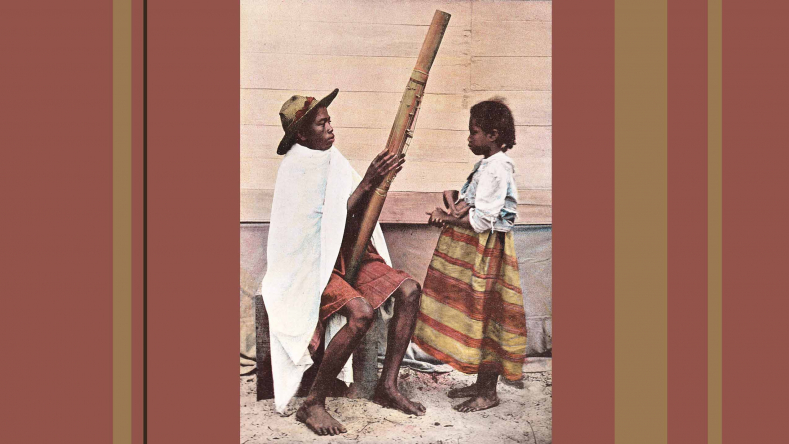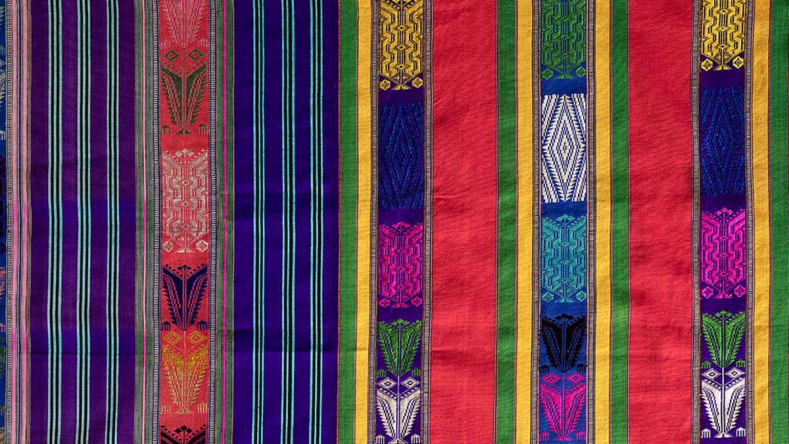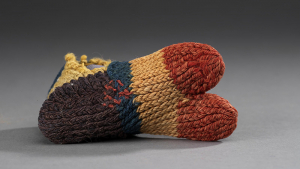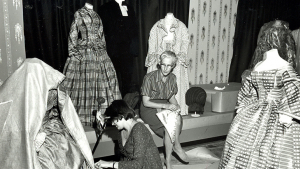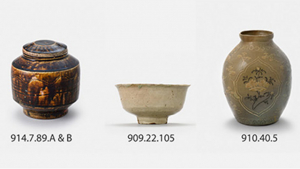This ongoing research project aims to document in detail the vibrant handweaving and dress traditions of Madagascar, a large island lying off the east coast of Africa. Historically one of the region's major weaving centres, Madagascar is home to a wide range of fibres, dyes and costume styles. These range from beaten bark to silk procured from endemic “wild” moths of the Borocera genus. Women extracted rich colours from indigenous plants and—after the 1860s—from imported synthetic colorants.
Rectangular body wrappers were the mainstay of dress, worn in different styles in different parts of the island. Tailored garments became popular in many regions in more recent centuries.
Residing at the crossroads of the western Indian Ocean trade routes that link India to East Africa, Malagasy handweavers drew inspiration from a wide range of sources: from Southeast Asia, the Arabian peninsula, Africa and Europe.
The most recent phase of this research project has centred on the silk brocade textiles known as akotifahana. Made from lustrous ‘Chinese’ silk procured from introduced Bombyx mori moths, these colourful wrappers are covered in a profusion of motifs. Worn by nobles and gifted by kings and queens to loyal subjects, they represent Malagasy handweavers’ great skill and artistry, and their creative experimentation with new colours and fibres.

